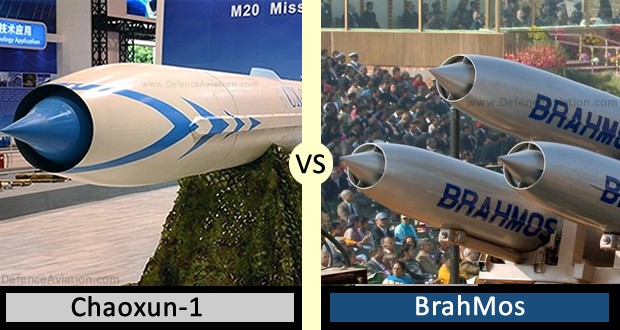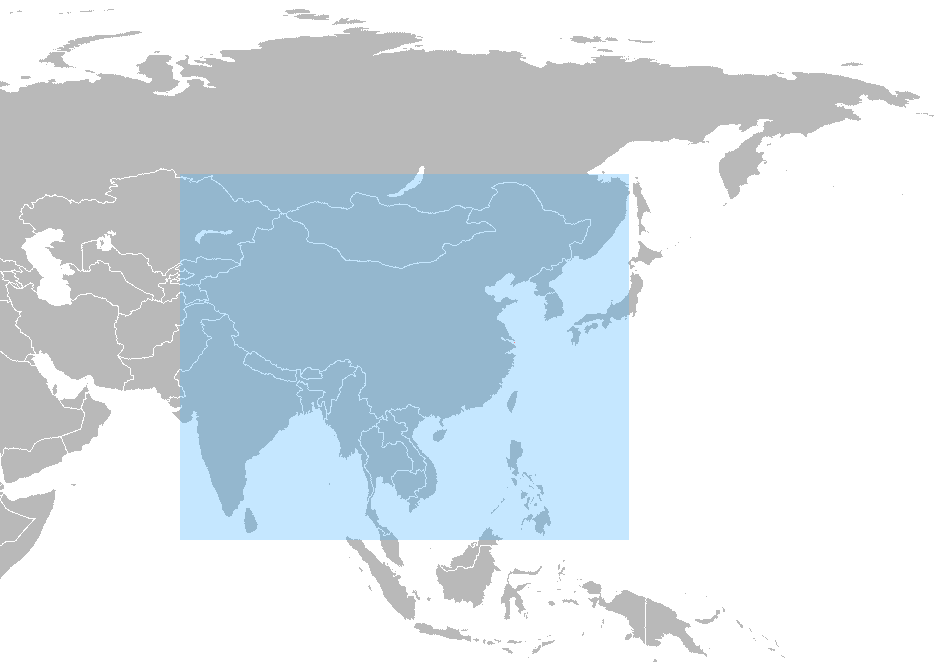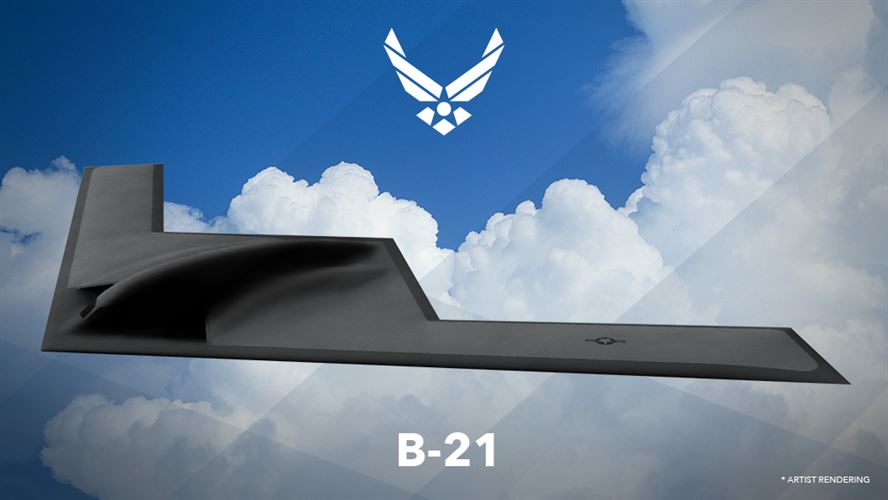 The AH-64 Apache is America’s premier attack helicopter. Boasting complex systems and advanced weapons, the Apache is truly a force to be reckoned with, or is it? Are attack helicopters in general fairly useless? Attack helicopters are primarily designed for CAS (Close Air-Support) missions, as well as some ground-attack missions. However, ever since their first wide-deployment in Vietnam, they have been dropping by the dozen. Unfortunately, there are very few fixed-wing aircraft capable of providing CAS, and only a few of those have the survivability needed to replace attack helicopters.
The AH-64 Apache is America’s premier attack helicopter. Boasting complex systems and advanced weapons, the Apache is truly a force to be reckoned with, or is it? Are attack helicopters in general fairly useless? Attack helicopters are primarily designed for CAS (Close Air-Support) missions, as well as some ground-attack missions. However, ever since their first wide-deployment in Vietnam, they have been dropping by the dozen. Unfortunately, there are very few fixed-wing aircraft capable of providing CAS, and only a few of those have the survivability needed to replace attack helicopters.
After a history of somewhat successful tests by various independent scientists around the world, helicopters were first deployed for war by Nazi Germany in WWII for transport, observation and Medevac (medical evacuation) purposes. However, like other aircraft developed under the Nazi regime, the German helicopters were not deployed in large quantities due to intense bombings and material shortages. After WWII, the world turned its attention to helicopters for Medevac purposes. Under the Key West Agreement, USAF (and USN+USMC to an extent) had a monopoly on fixed-wing aircraft (excluding recon and medevac), meaning that if the US Army wanted aircraft under its own command, it’d have to use helicopters. The US Army used its new helicopters for scouting operations and Medevac in the Korean War, where helos proved to be very useful. The war also proved that USAF would not be able or willing to cover all Army operations, and that an Army-owned ground-attack aircraft would be needed. It also proved that the lightly-armed choppers in use would not get the job done against armored vehicles.
Fourteen years later, the first purpose-built attack helicopter, the AH-1 Cobra, was deployed in Vietnam to perform the CAS that Navy and Airforce aircraft were incapable of. While proving themselves very capable of CAS, they also proved themselves very vulnerable to even small-arms fire, with 270 of 1,100 deployed Cobras lost in the conflict. In spite of this, the Army continued pushing forwards with attack helicopters until it got to the modern AH-64D Apache Longbow.
The Apache was built with increased firepower, range, and maneuverability in mind to cover the AH-1’s shortcomings. First deployed for Operation Just Cause (US Invasion of Panama, 1989), the Apache was praised for its precision, namely with its rocketry and chain gun. After Panama, the Apache saw extensive use in the First Persian Gulf War. In spite of its low mission-capable rate, it participated in thousands of sorties against Iraqi radar sites and armored vehicles. Apache losses in the Gulf War were few, and the damage they inflicted was extensive, especially in the famed “Highway of Death”, where American artillery and aircraft decimated the elite Iraqi Republican Guard.
The Apache’s troubles don’t begin until the 1999 Kosovo Air War, when 24 Apaches bringing American troops had to be grounded due to the crashing of two during training exercises. American Analysts determined that the Apache was too vulnerable to Serbian SAMs, even though they didn’t have difficulties with Iraqi SAMs in the Persian Gulf War, and did not use the Apache extensively in the Balkans as a result.
Apache’s troubles don’t stop there. While proving somewhat useful in Afghanistan, Apache’s proved useless in the Second Persian Gulf War. On March 24th, 33 Apaches were dispatched to attack an infantry division of the Republican Guard. In a fairly unsuccessful strike, one was shot down and 30 were severely damaged by rifle and RPG fire, with some becoming non-mission capable. After the incident, Apaches were used more cautiously, and less often in attack against enemy ground forces, which was one of the key roles the aircraft was built to perform. Apaches were mostly used for recon after the engagement, and several more were lost or extensively damaged in Iraq in both the recon and attack roles. The only notable incident released to the public in Afghanistan was several years back when, as part of Operation Anaconda, seven Apaches attacked a Taliban positions and returned full of holes. Five were declared non-mission capable. While their ability to return to base in such conditions speaks well of their survivability and crew safety, the fact that they consistently get shot up so badly in the few large engagements they’re in, and that they are incapable of fighting for long periods of time after said engagements downgrades their reliability. Another part of their low reliability is their inability to function in all environments. In the First Persian Gulf War, Apaches had a mission capable rate of 30% due to problems with sand, a downgrade from the average 80% (AH-64A) to 84% (AH-64D).
However, helicopter problems aren’t a unique to America, the Soviets lost hundreds in their invasion of Afghanistan, and other countries have seen similar results. In spite of this, they’re still in wide use, though their use has shifted considerably from attack to transport in the past several years. The ongoing Libyan Civil War has proved that, in conflicts between two less advanced adversaries, that helicopters can be useful in the attack role, but in situations when the anti-Gadhaffi forces have considerable AA, the helicopters generally either haven’t been used, or have proven ineffective. Their history also points in favor of the opinion that, in a large-scale engagement between advanced adversaries, that attack helicopters would be too easily shot down by AAA before they could inflict considerable damage.
The problem remains that there are few aircraft capable of providing CAS, especially in high-risk environments. It is for this reason that certain USAF elements decided that a fixed-wing ground attack plane was needed, and the result of said project was the A-10. Originally hated by USAF (who was still dominated by the nuclear war crowd at the time), the A-10 was widely considered a waste of money and fuel, until its deployment in the First Persian Gulf War, where 174 A-10’s destroyed nearly 1,000 tanks, 96 radar sites, 51 SCUD Launchers, and roughly 4,000 vehicles combined. Compared to Apache, the A-10 has a similar range and loiter time, as well as improved survivability, reliability, firepower, and speed. It also is capable of quick rearmament, operation from front-line conditions, and STOL, taking away many key advantages of the Apache. The A-10 was also the only aircraft that the Coalition would fly below 15,000 feet in high-risk situations due to the “metal bathtub” the pilot sat in. Only four A-10’s were lost in the war (though some were written off as non-mission capable), all of which were lost to SAMs. In the current Iraq and Afghanistan wars, A-10’s have been used more extensively than the Apache, and have been extremely successful in both wars, returning in mission-capable condition in spite of moderate damages from small arms and even rocket fire. The results of the A-10 in Libyan operations haven’t been sufficiently divulged, but the general synopsis from Coalition leaders is that they’re doing their job.
So, in short, aircraft like the A-10 are not perform better in the CAS and ground-attack roles than attack helicopters, but they’re also cheaper, easier to maintain, and spend less time getting to the fight. The only comparable aircraft to the A-10 is the Russia Su-25, but the Su-25 was built on similar principles to that of the YA-9, as opposed to the A-10. Utilizing secondary weaponry over primary, the Su-25 gets the job done well, but isn’t as versatile as the A-10. Russian attack helicopters are also more powerful and survivable than American Apaches, reducing the need and usage of the Su-25 in CAS roles. Smaller light ground attack craft, such as the EMB-314 Super Tucano, also perform CAS operations fairly well, but are exposed to similar risks as attack helicopters in medium and high risk environments.



